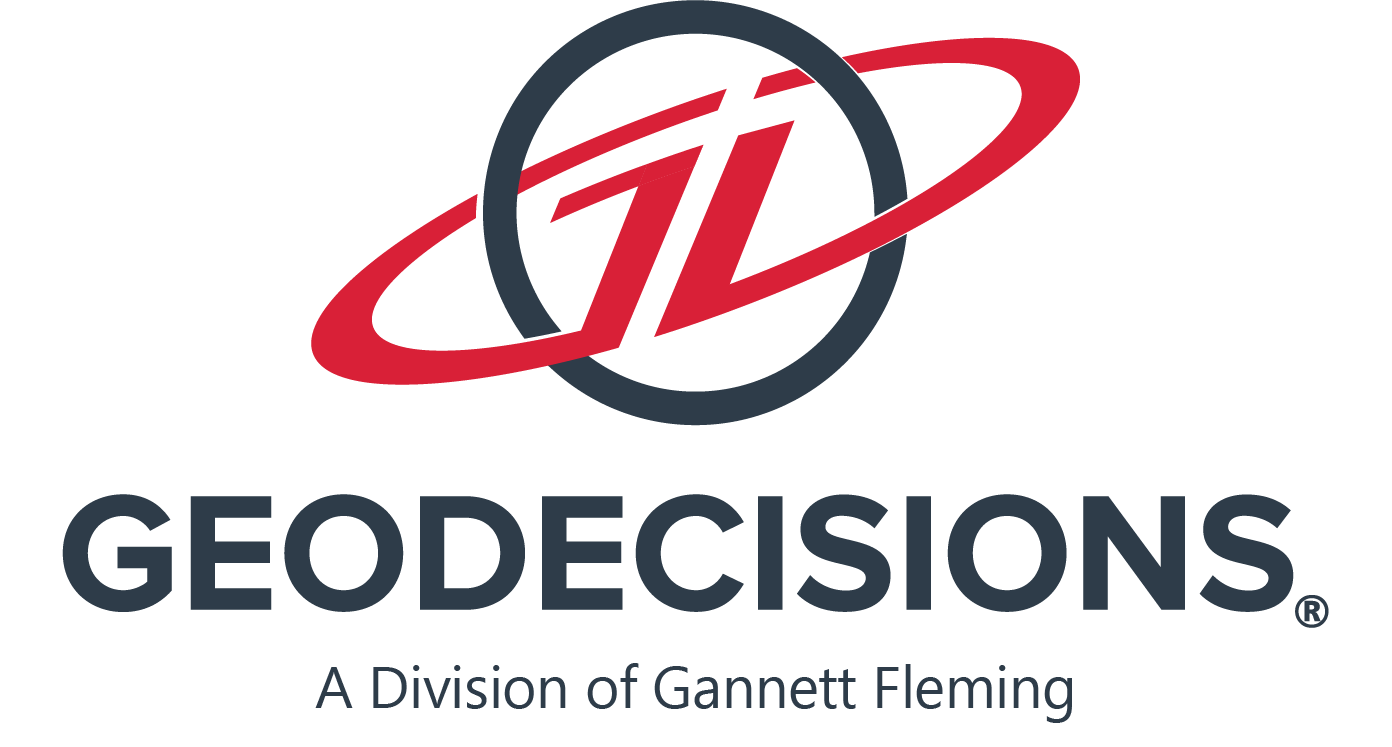Keys to Program Federal Funding
/We are approaching the end of the federal government fiscal year, and, in most cases, it is too late to access any end-of-year funds. But it is not too late to start preparing for the next fiscal year!
Federal Process Explained
The federal fiscal year runs from October 1 to September 30. Depending on the buying organization and the procurement office they use, most organizations have a cutoff for the obligation of end-of-year funds by the end of May. The cutoff accounts for the time it takes to work through the procurement process. Outside of operations and maintenance funding, any new year funds will often not be usable until January or February, even though the funds can be appropriated as early as October. Because of this, we often see spikes of spending in the federal market in the first months of a new calendar year and over the summer.
Programs compete for funding to run their office and oversee projects every year or every few years. Program funding is allocated over the years based on a phased and structured approach to funding evaluations, design, and the final build of the intended initiative or facility. Programs include and oversee projects. In the master planning space, where projects are large, and monies need to be planned years in advance, budget is determined as many as ten years before construction or implementation begins. Maintenance and operations funding will take over after construction is completed. A similar transition of funding types may occur after the completion of a software or system implementation.
Focusing on the Right Definition
What does “true” program management mean?
If you were to look up a definition of program management, the explanation suggests a relation to a topical grouping of projects and the benefit gained by managing them together. The problem with that definition is that it is project-centered. Why is that a problem? The very definition of a project suggests a distinct beginning and a distinct end. Do programs have a distinct end? If they do, then they are probably not a program an organization should be supporting.
The definition of program management needs to be turned on its head. We do not think of federal organizations or our businesses as something with an end. An end to a business or agency is generally seen as a bad thing, where something must have gone wrong. Programs and program management need a business-centric, perpetual entity mindset as a foundation. Starting with an understanding that a program will last decades, or even scores of decades, we can now begin thinking through planning, programming, budgeting, and execution in the proper context.
Getting the Funds
As a program manager in a federal agency, how do I get more funding for my initiatives? As an account manager for a services organization supporting a federal agency, how do I time and capture sales during spending spikes?
The answer is to get inside your organization and understand the planning, programming, budgeting, and execution (PPBE) cycle for the entire organization. PPBE is a concept focused on the United States Army, but its basic tenants are ubiquitous. Any one organization might have tens of thousands of people with layers upon layers of structure and governance. You may know the PPBE for your program, but you need to gain a better understanding of the PPBE cycle for the entire organization and how your funding, or lack of funding, may or may not affect another area.
Execute program management with a perpetual entity mindset by articulating program requirements in a way that competes successfully for funding. Then, when funds have been acquired, communicate the accomplishment of objectives in a meaningful way to maximize the ability to keep your funding and compete successfully with new and emerging requirements. The reality of funding is that the buck stops somewhere. If you are running a program, then you need to understand the person or persons that make the final decisions about funding priorities. There is, and always will be, a cutoff point that will change based on the amount of money appropriated to your larger organization’s activity. You need to know enough to get above and stay above the cutoff point. Somewhere above you in your organization is a person or a panel that is deciding on whether your program activities are worthwhile. They may be making that decision based on a handful of words that your supervisor fills out in a spreadsheet. If your program and any initiatives are essential to you, then you will need to find out how information is presented to the decision-makers and influence that information as much as possible.
Next Steps
If your program is struggling to maintain its funding or you want to understand how to get funding for needed initiatives in your organization – we can help!






